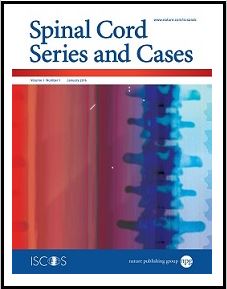
“Recent findings highlight the emerging role of the endocannabinoid system in the control of symptoms and disease progression in multiple sclerosis (MS). MS is a chronic, immune-mediated, demyelinating disorder of the central nervous system with no cure so far. It is widely reported in the literature that cannabinoids might be used to control MS symptoms and that they also might exert neuroprotective effects and slow down disease progression. This review aims to give an overview of the principal cannabinoids(synthetic and endogenous) used for the symptomatic amelioration of MS and their beneficial outcomes, providing new potentially possible perspectives for the treatment of this disease.”






